Google delivers bad news for budget Android phones
Cheaper Android phones might need to change to meet new Google rules
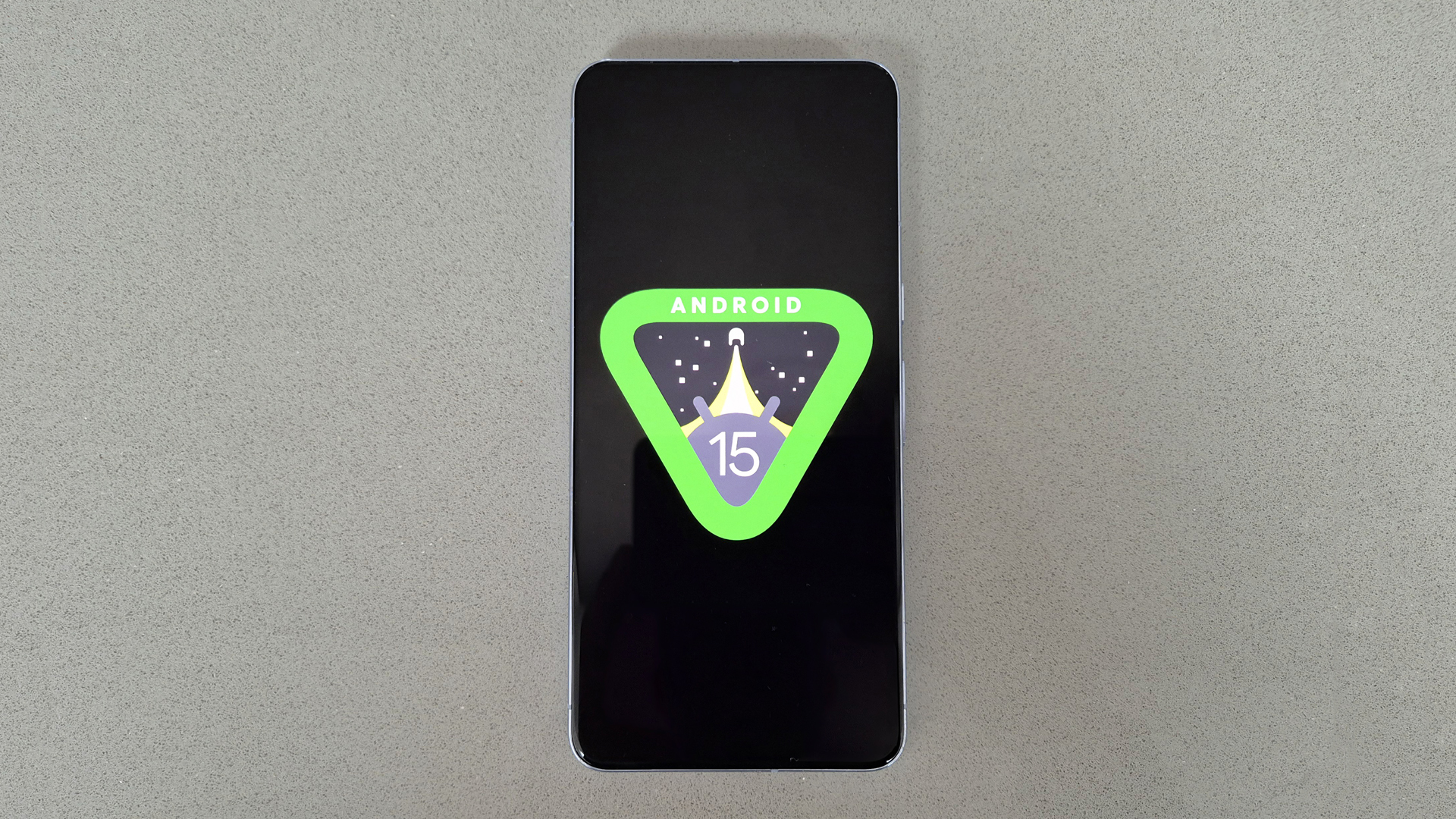

Quick Summary
Google has changed the minimum requirements for Android 15, meaning devices need at least 32GB of storage.
That could see the cheapest devices unable to upgrade to the latest version of Android. Although it could also mean that the cheapest devices offer a better experience in the future.
Google has changed the rules for Android devices and that could see the lowest cost phones now needing to offer a little more to buyers. The change comes about as a shift in the requirements to run Android 15.
For an Android device to be certified by Google – which gains access to Google services such as Play Store – it needs to hit certain hardware requirements. And for the last couple of years, the requirement for flash storage has been set at 16GB.
As long as the device had that (with at least 75% of that storage available for data) then it was in line for certification.
For Android 15, that flash storage requirement has moved to 32GB. That means that for a device to be certified by Google, it must have at least 32GB on board. Yes, manufacturers can still produce devices with low storage the run Android, but not the Google-certified version with Google Mobile Services.
For many buying the best Android phones, this won’t be a concern. But at the very cheap end of the market, especially in emerging markets, there are a range of devices with these sorts of low specs that won’t be able to use Android 15.
The storage isn’t the only requirement, of course, there are other elements that a device needs to offer, such as allowing the sharing of information in an emergency, support for Vulkan 1.3 or higher (which will handle graphics on Android devices moving forward), while there is also guidance on RAM requirements for a device too.
The reason for the change – as outlined by Android Authority – is to improve the experience on low-end devices. That might see some manufacturers increasing the price a little, but it should mean that those who can only afford the most basic device now get a better Android experience.
Sign up to the T3 newsletter for smarter living straight to your inbox
Get all the latest news, reviews, deals and buying guides on gorgeous tech, home and active products from the T3 experts
This applies to Android 15, but if you’ve been keeping up with the news, you’ll know that Android 16 is in development and making good progress and that will usher in a few more changes.
We’re expecting to hear more about Android 16 at Google I/O in May 2025, with the timeline for release around June. That sees the next version of Android landing a number of months earlier than the previous version.
It could therefore be that Android 15 is the version that’s on your device for the shortest length of time – especially if you’re a Samsung owner.
Chris has been writing about consumer tech for over 15 years. Formerly the Editor-in-Chief of Pocket-lint, he's covered just about every product launched, witnessed the birth of Android, the evolution of 5G, and the drive towards electric cars. You name it and Chris has written about it, driven it or reviewed it. Now working as a freelance technology expert, Chris' experience sees him covering all aspects of smartphones, smart homes and anything else connected. Chris has been published in titles as diverse as Computer Active and Autocar, and regularly appears on BBC News, BBC Radio, Sky, Monocle and Times Radio. He was once even on The Apprentice... but we don't talk about that.
You must confirm your public display name before commenting
Please logout and then login again, you will then be prompted to enter your display name.
-
 Google Pixel Watch 4 renders show a welcome design change
Google Pixel Watch 4 renders show a welcome design changeAnd one we're less thrilled about
By Britta O'Boyle
-
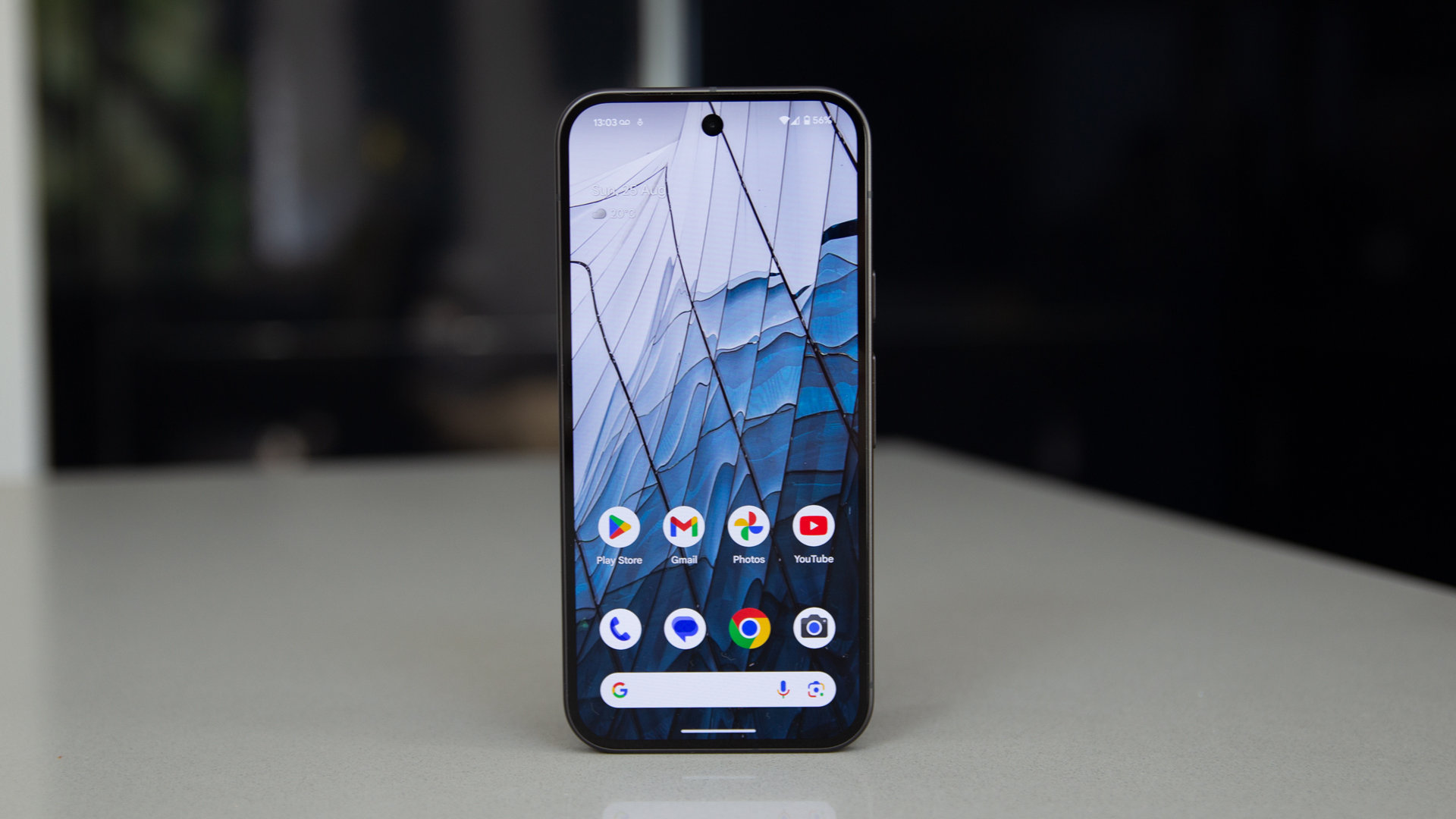 New Google Messages feature will make millions very happy
New Google Messages feature will make millions very happyIt's going to end a serious messaging blight
By Sam Cross
-
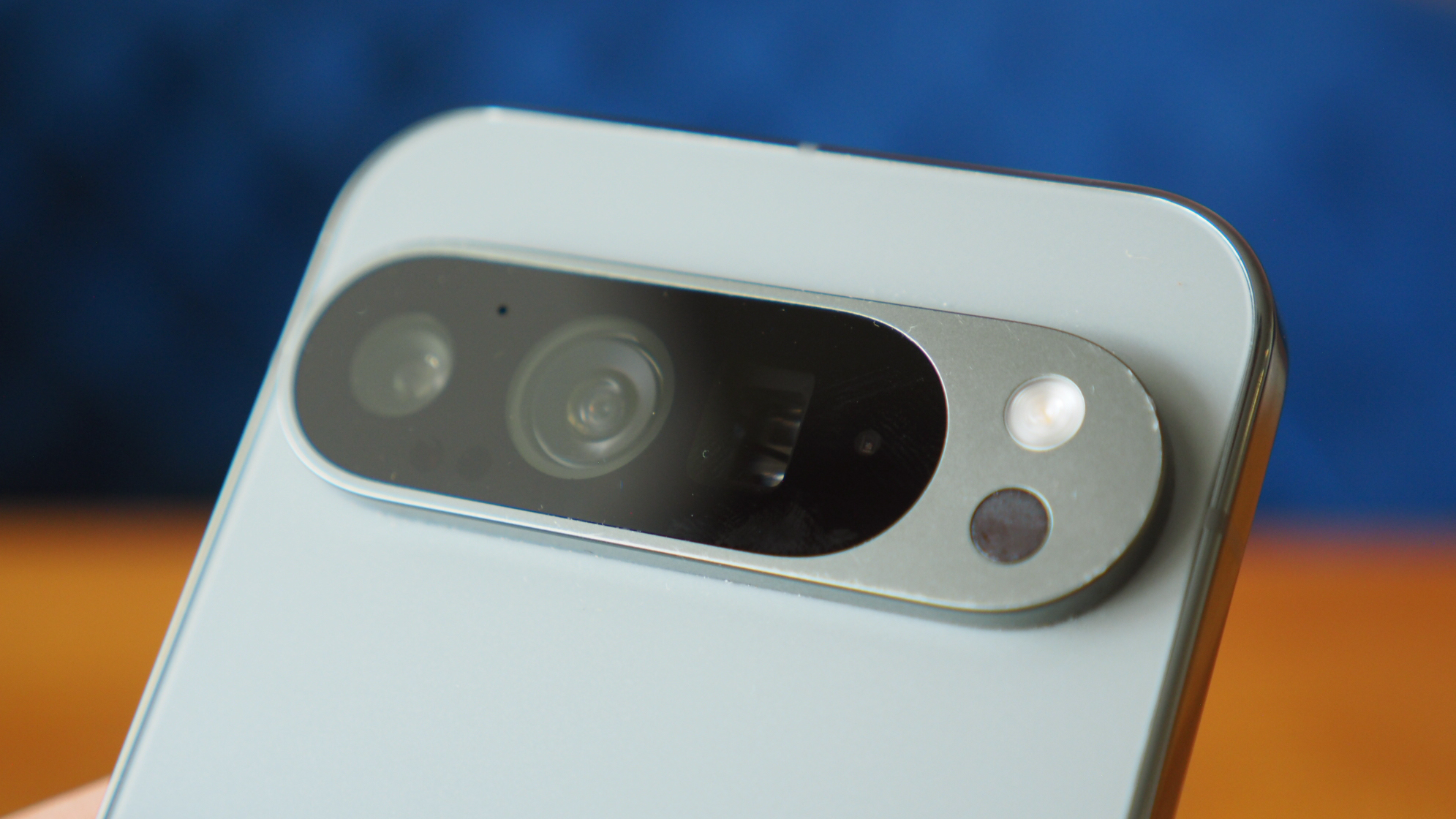 In an age of exciting upgrades, Google could downgrade the Pixel 10 instead
In an age of exciting upgrades, Google could downgrade the Pixel 10 insteadThere’s a change coming to the Pixel cameras and it could cause a stir
By Chris Hall
-
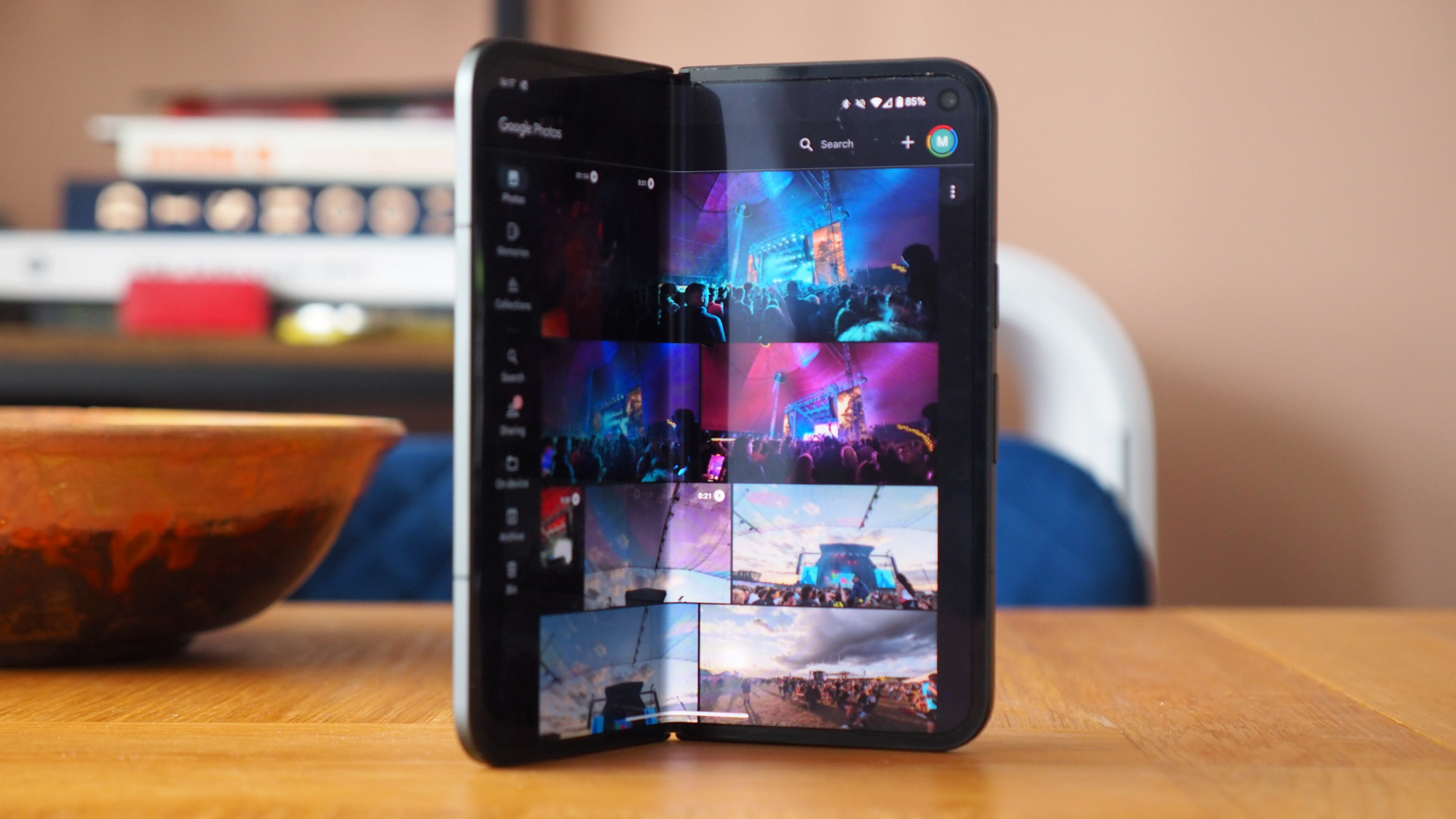 Google Pixel 10 Pro Fold renders show an early contender for foldable of the year
Google Pixel 10 Pro Fold renders show an early contender for foldable of the yearEven though it might not be the slimmest, it could be the sexiest
By Britta O'Boyle
-
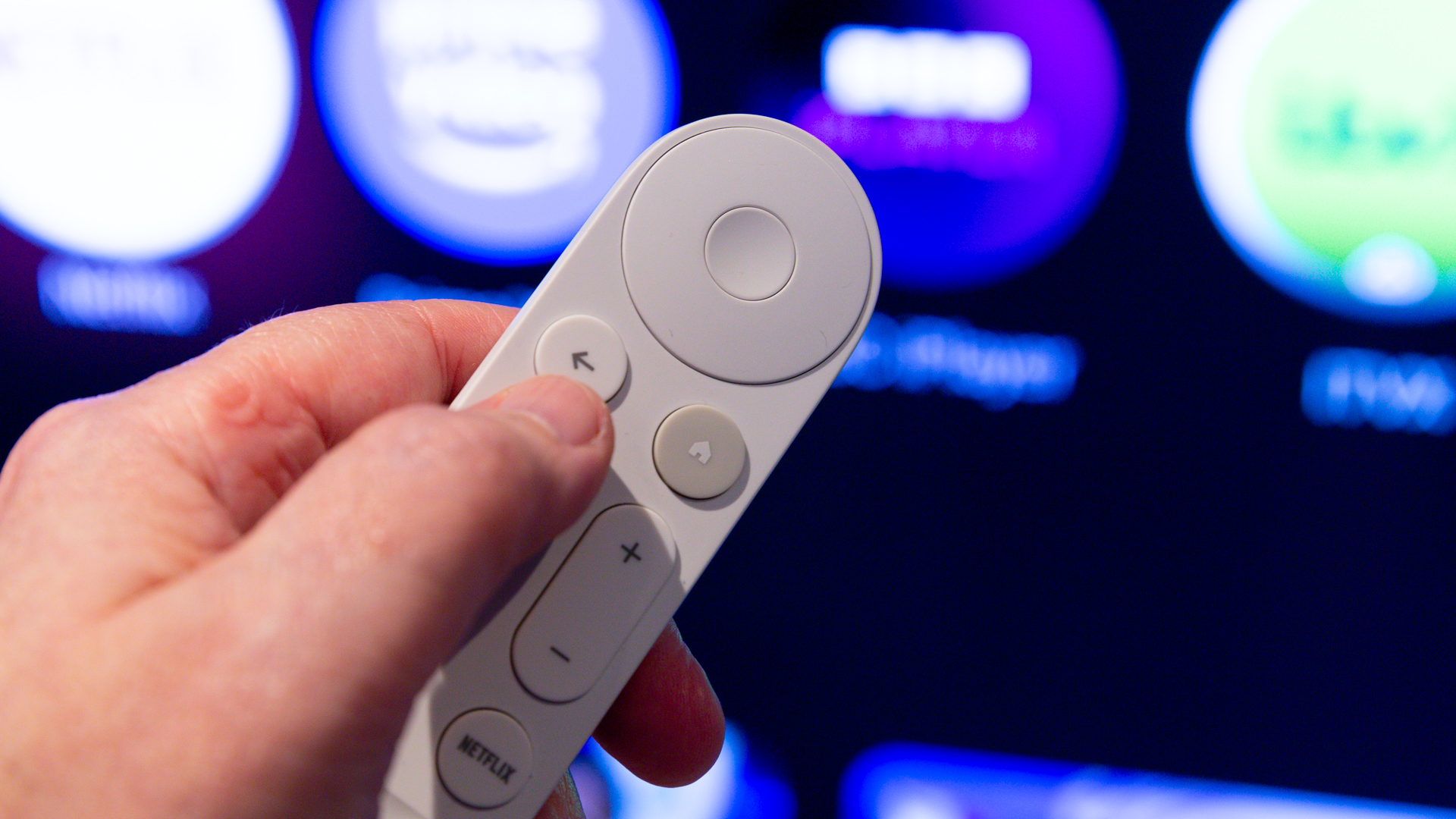 Google TV set for a shake up that might have you feeling blue
Google TV set for a shake up that might have you feeling blueA redesign is reportedly coming to Google TV, with a new colour scheme and features
By Rik Henderson
-
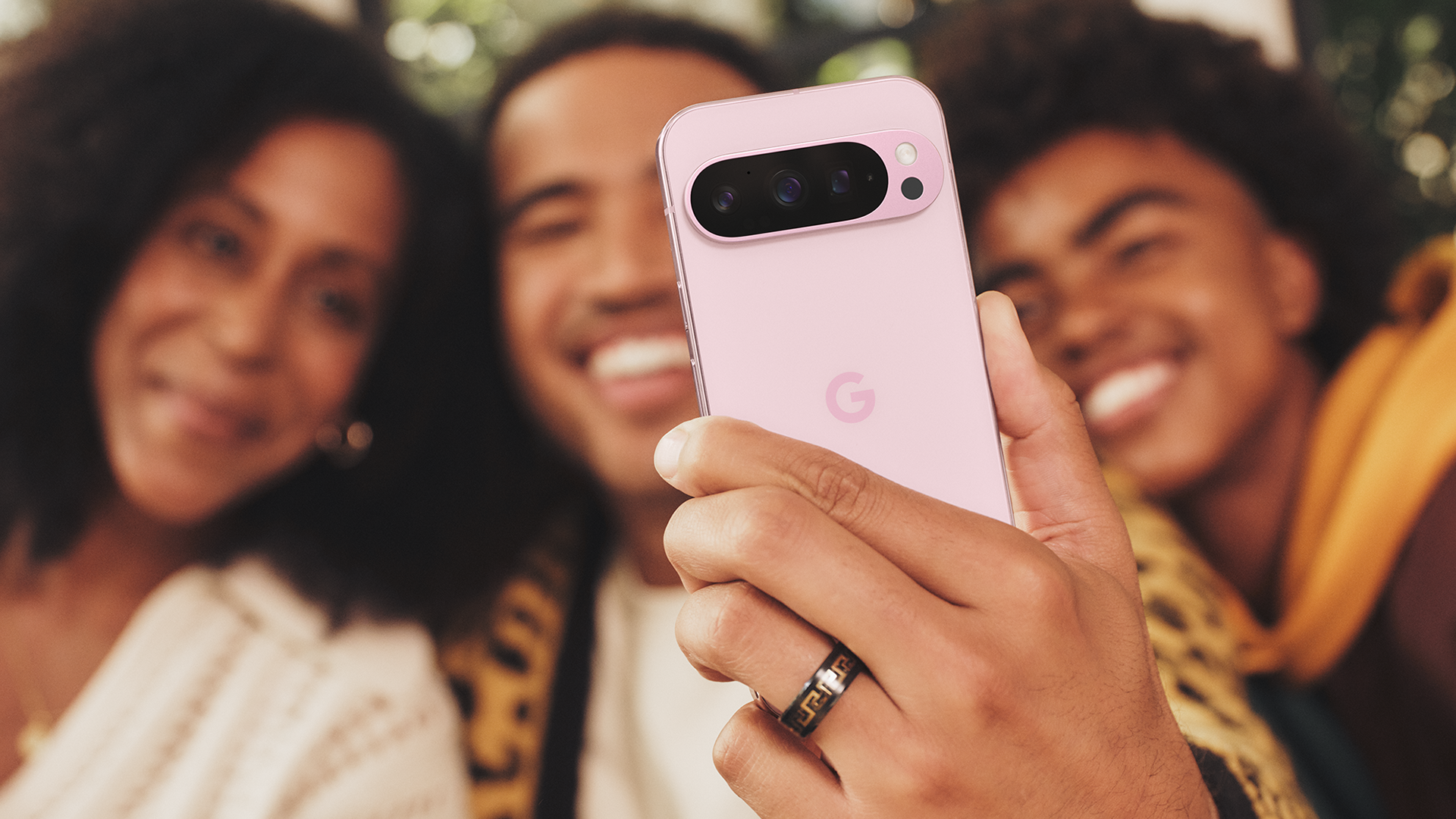 Android 16 to come with a significant security upgrade for Pixel phones
Android 16 to come with a significant security upgrade for Pixel phonesIt’s going to be easier to unlock your Pixel phone in the future
By Chris Hall
-
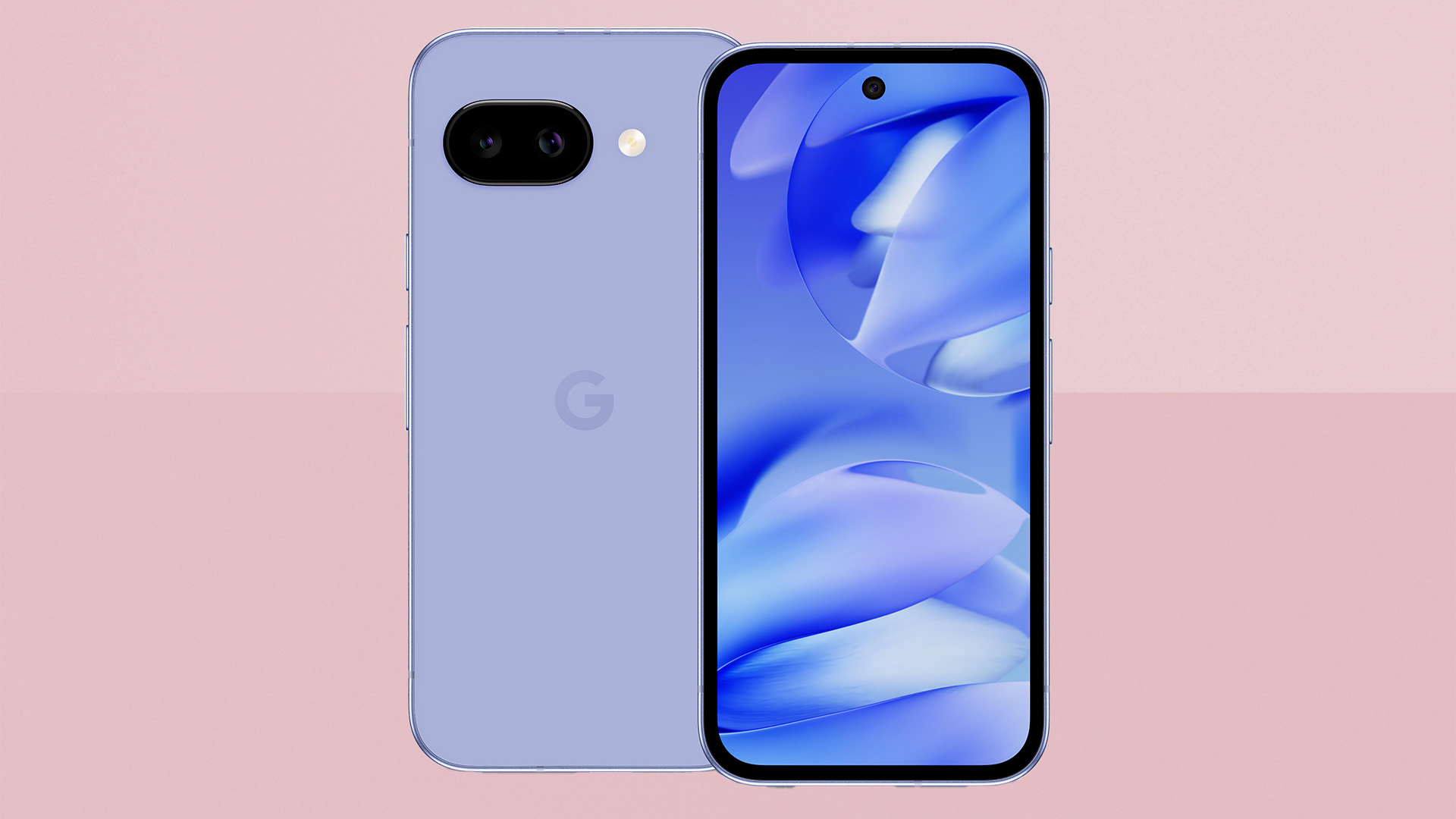 Google Pixel 9a delayed, but for good reason
Google Pixel 9a delayed, but for good reasonGoogle’s latest affordable phone has been announced, but you can’t actually buy it yet
By Chris Hall
-
 Google's Pixel 9a does one simple thing that could tempt me away from iPhones after a decade
Google's Pixel 9a does one simple thing that could tempt me away from iPhones after a decadeGoogle's played a blinder here
By Max Freeman-Mills

